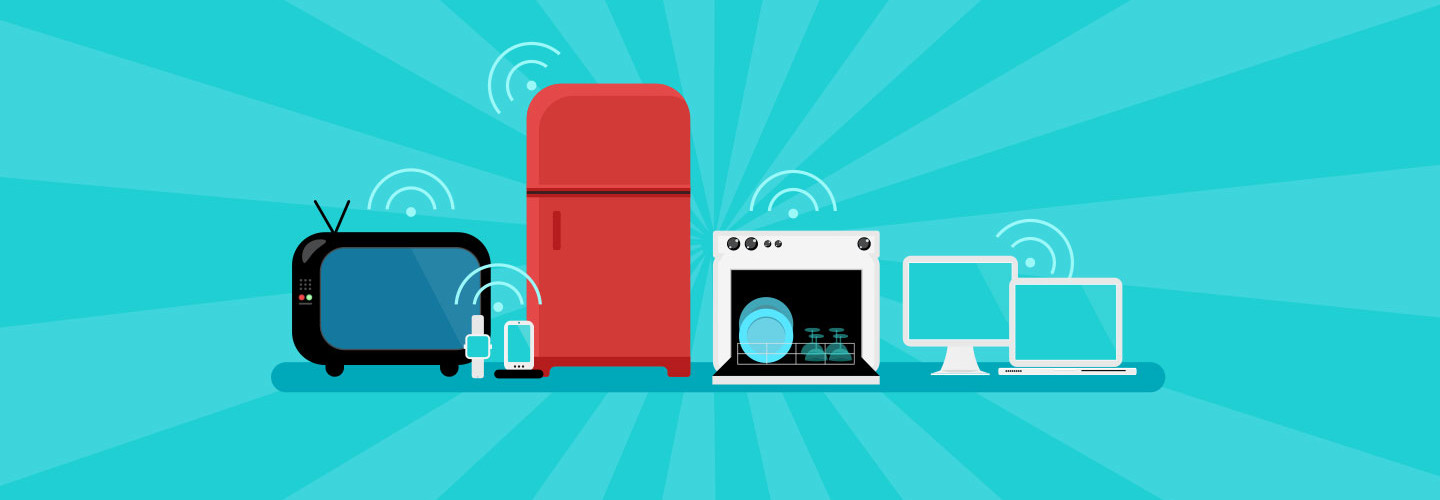Which IoT Devices Will Become Indispensable?
Internet of Things (IoT)-enabled devices seemingly appear in every consumer category, from smart silverware that tracks eating habits to sprinkler systems that send a text message when it’s time to water the grass.
Many networking experts agree that connected objects can save time and money and generate useful data. The question, though, is which devices provide value when connected to the Internet and which are simply marketing ploys?
Which Devices Will Have a Lasting Impact?
David Pogue, a columnist for Yahoo Tech and host of NOVA scienceNOW on PBS, says new IoT-enabled devices will continue to arrive in the consumer market.
It’s a gold rush right now to give everything connectivity,” Pogue says.
Manufacturers are making everything from egg trays to dog treat dispensers that can connect the Internet, not to mention door locks, thermostats, video doorbells, lighting, coffee makers and vacuum cleaners.
Organizations considering adopting these products are asking this question: Which of these devices will become a part of everyday life and which will ultimately disappear?
"Most of them will flop, except for the ones that make sense, such as smart thermostats, security cameras and industrial tools,” Pogue says. “Eventually, the term IoT will go away. Connectivity will become just another product feature.”
Sensors Are Now Everywhere
The testing phase of IoT devices will seemingly continue for the foreseeable future. Manufacturers continue to put sensors in unexpected places, even the trash.
IoT-enabled trash cans already are in use in some cities and homes. For municipalities, the IoT sensors can alert waste officials when a receptacle is full. Recycling companies even experimented with cameras in trash cans. The camera snapped a picture each time something was thrown away as a way to make consumers more cognizant of the trash they create.
Even parts of a refrigerator get the IoT treatment with sensors embedded in special egg trays, telling users that it’s time to purchase new eggs.
While some of these uses may seem odd, or even somewhat silly, they underscore the lengths manufacturers will go to connect devices, and also demonstrate the wide range of data that stands to be collected and analyzed.
Smart Clothing Is Coming
One area that seems destined for IoT is clothing.
Avery Dennison, a packaging and labeling giant that puts labels on clothing from brands such as Nike, Adidas and Hugo Boss, will work with Evrythng, a British IoT software company known as the “Facebook for things,” on creating web identities for more than 10 billion pieces of clothing over the next three years.
Most of the tagged clothing will include tiny wireless chips using near field communication (NFC) or radio frequency identification (RFID) technology. The product will generate extra data for the user, perhaps tracking activity or providing ties to loyalty and recycling programs. For manufacturers, it allows better tracking of goods and protection against fraudulent returns.
“This is probably the biggest deal the [Internet of things] industry has had,” Niall Murphy, the CEO of Cisco- and Samsung-backed Evrythng, told Fortune. “It’s a program we’ve been working on for quite a long time.”
So while some IoT-connected devices will falter, a number will succeed. Some will come in unexpected places.
“There are lots of possibilities,” Pogue says, “but we’re at a point where the true usefulness of such devices is still being decided.”





